- News
- Reviews
- Bikes
- Components
- Bar tape & grips
- Bottom brackets
- Brake & gear cables
- Brake & STI levers
- Brake pads & spares
- Brakes
- Cassettes & freewheels
- Chains
- Chainsets & chainrings
- Derailleurs - front
- Derailleurs - rear
- Forks
- Gear levers & shifters
- Groupsets
- Handlebars & extensions
- Headsets
- Hubs
- Inner tubes
- Pedals
- Quick releases & skewers
- Saddles
- Seatposts
- Stems
- Wheels
- Tyres
- Tubeless valves
- Accessories
- Accessories - misc
- Computer mounts
- Bags
- Bar ends
- Bike bags & cases
- Bottle cages
- Bottles
- Cameras
- Car racks
- Child seats
- Computers
- Glasses
- GPS units
- Helmets
- Lights - front
- Lights - rear
- Lights - sets
- Locks
- Mirrors
- Mudguards
- Racks
- Pumps & CO2 inflators
- Puncture kits
- Reflectives
- Smart watches
- Stands and racks
- Trailers
- Clothing
- Health, fitness and nutrition
- Tools and workshop
- Miscellaneous
- Buyers Guides
- Features
- Forum
- Recommends
- Podcast
feature
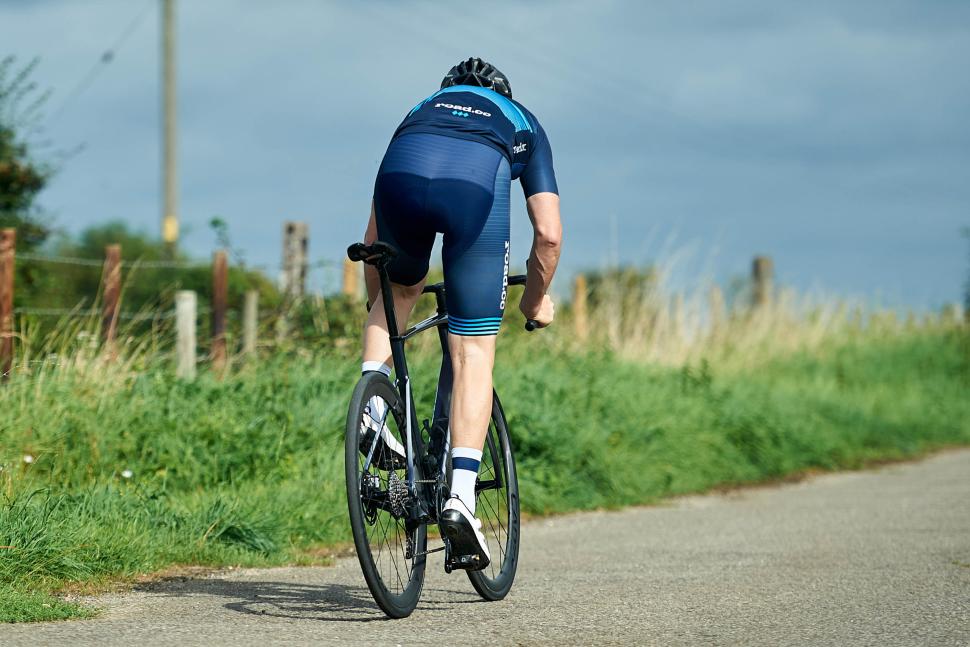 2024 Giant Defy Advanced SL 0 - riding 4.jpg
2024 Giant Defy Advanced SL 0 - riding 4.jpgHow to get your bike ready for summer — get your pride and joy clean and in full working order for plenty of sunny miles
It's that time of year where many of you will be waking up your best bike from hibernation, prying one from the indoor trainer, or thinking about giving the bike you rode through winter (and the colder, wetter bit of spring) a good clean. Before you head out for a sunny spin, here are a few important things to check to make sure your bike is in good working order.
Checking your bike over for wear is very important, not just for ensuring that your bike is running smoothly, but also to spot any issues before you could potentially have a dangerous mechanical failure.
This article isn't intended to cover everything that could possibly need adjusting or replacing. Rather, it will make some suggestions of key areas to check in order to stay safe and comfortable.
If you're new to bike maintenance you might want to book your bike in for a service with a pro mechanic, but here are some basic checks you can do yourself.
Clean it!
Giving your bike a deep clean is a good first step for checking over any bike, and will make it far easier to work on. Grab some degreaser and a brush and work it right into the chain, cassette, chainrings, pulley wheels and derailleurs. Then, clean the frame, wheels, tyres and brakes before rinsing.
Washing your bike won't just get it looking fresh and ready for those summer miles, but allows you to see the components properly, offering a good opportunity for you to identify any potential faults before they develop into something more serious.
Chain, chainrings and cassette
Once your bike is clean, you can check it for signs of wear. Start by checking the chain, as it is typically the first component to wear and needs to be changed periodically to maintain the performance of your drivetrain. If you're digging out a bike that hasn't been ridden for a while, the chain is also the part most likely to have corroded.
> Your complete guide to waxing your chain
Once a chain wears beyond a certain point, it will start causing excessive wear to the more expensive cassette and chainrings, so it's better to replace the chain before ruining the more expensive parts. It's important to note, though, that a new chain might not work well on worn chainrings or sprockets. If it skips when you ride (while your gears are correctly indexed), you're going to need to change those too.
An easy way to check this is by looking at the teeth on the cassette and chainrings. If they look like shark fins, it's a sign of wear, that may lead to sloppy shifting or a slipping chain.
You should also replace your chain if you spot any damage, such as a deformation or crack. Chains gradually lengthen as they wear, and an easy way to check if this has happened is to pull the chain away from the front chain chanring. If you can see daylight clearly between the chain and the chainring, it has likely lengthened too much and needs replacing.
If your chain has corroded, you might be lucky and it might just need to be cleaned and re-lubed. However, if the rust has taken hold and/or the links don't move freely after cleaning and lubing, fit a new chain.
Handlebars and bar tape
If your bike has been sat on the turbo over winter, changing your bar tape and checking aluminium bars for signs of corrosion is a must.
The amount of sweat that bar tape soaks up isn’t worth thinking about, and beyond the unpleasant smell that it gives off, there is a more important reason to change your tape regularly. The sweat held in the tape contains corrosive salts that can erode aluminium handlebars. Over time, this corrosion can cause the handlebars to break, which is not only more costly than replacing bar tape but also pretty dangerous, as the damage often remains hidden until it's too late.
Brakes
You don’t need us to tell you that mixing it up with motor vehicles when your brakes aren’t at their best would be a bad idea.
Components giant Shimano recommends regularly checking if your front and rear brake are working correctly and listening for any abnormal noises before riding, regardless of whether your bike has been stored away for a while.
Disc brakes
> Everything you need to know about disc brakes
The beauty of disc brakes is that they require very little maintenance. However, there are some tips to optimise their performance and ensure they keep working nicely.
If your brakes are squealing, the pads and rotors could be contaminated, either from cleaning the bike or residue picked up from riding, which can affect performance massively.
To clean the pads and rotors, you can use an oil-free degreaser, or a dedicated disc brake cleaner available on the market. Once clean, normal riding conditions should generate enough heat to bring the brakes back to the optimum working conditions.
“Cleaning your rotors or wheel rims regularly with a specific (oil-free) disc brake degreaser is a good way to avoid squealing brakes. Cleaning your pads too can help quieten things down - you can try some sandpaper or grinding the pads - but if the grease has soaked through the pad, you might need to replace them. Don't use a degreaser or chemicals on brake pads, though,” says Shimano.
Brake pads wear out with use – that’s a fact of life – so check them as they will eventually need replacing. You often get a warning that disc brake pads have almost fully gone when the wire pad separator starts catching on the disc and makes a scratching noise.
Failing that, have a look to check there's still meat on the backing plate. We've seen cases where people have gone through the pad, the plate and started braking on the piston, and you really don't want to do that!
Brake discs, also known at rotors, don't need replacing often but they will eventually wear down over time. Signs of worn disc rotors include deep grooves or visible scoring on the rotor's surface. To check the thickness of your disc rotors you can use vernier callipers and different rotors will have different minimum thicknesses.
Rim brakes
> The stuff they never tell you about rim brakes
Despite many making the switch to disc brakes, rim brake bikes are still widely used and this is a great time to check the rim brake tracks for wear.
As the brake pads bite the rim’s brake surface, wear will occur. Over time, the brake surface will become concave and at a point, the rim could become dangerous to ride. If you do find that the rim is heavily worn, then it might be time to seek some help from a bike shop who can advise you on the wheel’s safety.
Rim brake pads often have a wear line that tells you when they need replacing. If not, Shimano’s advice is to check whether they have worn down to the grooves and swap for new ones if needed.
If a bike is ridden regularly the brake pads nearly always wear out long before the rubber has a chance to degrade. However, that might not be the case if the bike has been stored away for a while, so inspect the brake pads thoroughly. If you’re in any doubt about their condition, get some new ones.
Bearings
There are lots of different bearings on your bike that all need to run smoothly. For instance, your headset, bottom bracket, wheels and pedals all rely on properly functioning bearings.
The trouble is that bearings tend to corrode if your bike is left in the shed or garage for an extended period, or used on an indoor trainer. This can cause the bearings to feel rough at best, and at worst, lead to them seizing.
There are loads of different sorts of bearings and different ways of fitting them, making it difficult to cover them all here. So, our best advice would be to test the movement of every bearing to check that it’s spinning freely without any play (unwanted sideways movement). If you notice any resistance, roughness, or play, it may indicate that the bearing needs servicing or replacing.
If you have the experience and the right tools, open up the bearings and take a good look inside for any signs of corrosion. If you're inexperienced, though, or you don't have the correct tools, ask your local bike shop to do it for you.
For headset bearings in particular, if you've spent all winter in the shed smashing out the indoor miles, no matter how many towels you used, there's a good chance that your upper headset bearing has been exposed to your sweat.
For an integrated headset, commonly found on most modern road bikes, follow these steps: remove the stem, drop the fork out, and take the upper bearing out of the frame. Wipe off the dirty grease, then pinch the inner and outer surfaces of the bearing cartridge between your thumb and forefinger, rolling it to check that the bearings inside are still turning smoothly. This is also a good opportunity to check for play before regreasing and reinserting the bearing cartridge.
If you've ridden outside a lot over the winter, the lower headset bearing will likely have taken a beating from corrosive surface water on the roads. Clean, inspect, and regrease it in the same manner as the upper headset bearing.
Tyres
Rubber, being a natural substance, is prone to degradation over time. If you're pulling a bike out of the shed that hasn't been used for a few years, check that your tyres haven't perished. If you see lots of cracks in the rubber, it's time to replace.
It's good practice to check over your tyres looking for any cuts, cracks or bulges. Again, replace the tyre if you find anything significant.
Tyres can take a battering through the winter. Inspect the tread for signs of wear. Many road bike tyres feature built-in tread wear indicators, such as small holes or dimples. When these indicators disappear, it's a clear signal that the tyre needs replacing. Additionally, if you notice any flat spots or bald patches where the tread is completely worn away, it's time to fit new tyres.
If you run a tubeless set-up, it might be time to consider replacing the sealant. Typically, tubeless sealant needs replacing every 3-6 months. You can quickly assess whether it's time for a change by giving your wheel a shake and listening for any sloshing or movement.
Gear cables and indexing
> Complete guide to electronic gears
If your bike has been stored away for some time, particularly in damp conditions such as a shed or garage, the gear cables may have corroded, and both the inner and outer cables might require replacement to ensure smooth shifting. On the other hand, if your bike features electronic shifting this won't be an issue, but make sure your batteries are charged.
Regardless of whether your bike has been stored in a shed, garage or sat on the turbo, your rear derailleur could have been knocked, meaning your gears will not shift as smoothly as they should. To address this, you can check out our guide for detailed instructions on how to get your gears shifting sweetly.
Time for some upgrades?
> How to make your bike lighter
If you’re going to buy your bike an upgrade, be that a new set of wheels, a new handlebar or even something like a switch to tubeless tyres, now is the time to do it. You’ll have all summer to ride your bike with the changes that you’ve made.
Upgrades don't need to be expensive either, and they aren't just limited to chasing faster average speeds. Comfort is a great place to make an upgrade when riding further and for longer is your goal.
Emily is our track and road racing specialist, having represented Great Britain at the World and European Track Championships. With a National Title up her sleeve, Emily has just completed her Master’s in Sports Psychology at Loughborough University where she raced for Elite Development Team, Loughborough Lightning.
Emily is our go-to for all things training and when not riding or racing bikes, you can find her online shopping or booking flights…the rest of the office is now considering painting their nails to see if that’s the secret to going fast…
Latest Comments
- Aluminium can 2 hours 14 min ago
Its not a booby trap as it says clearly right on the side the outcome of cutting it. The same as aerosol paint cans have warnings not to...
- eburtthebike 2 hours 34 min ago
A comedian with a purpose can achieve more than the politicians e.g. Zelesky.
- Hirsute 4 hours 10 min ago
Sounds a bit specific though given 90% are bought on some sort of finance.
- Rekrab 4 hours 28 min ago
MORE LANES, MORE LANES!!!!
- Simon E 4 hours 35 min ago
The numbers don't tell anything like the whole story....
- Simon E 5 hours 6 min ago
Just squirt some thick grease all over his side windows and door panels. If you're feeling really uncharitable you could throw some sand at the...
- David9694 5 hours 46 min ago
check under 'W'for "What cars do to people"
- Global Nomad 6 hours 28 min ago
good to see you're testing the farsports wheels - hope to see road.cc continue to expand the range of brands it considers. These or the shallower...
- chrisotherwise 7 hours 1 min ago
Sadly very normal. And the sand contains loads of evil little shards of flint.

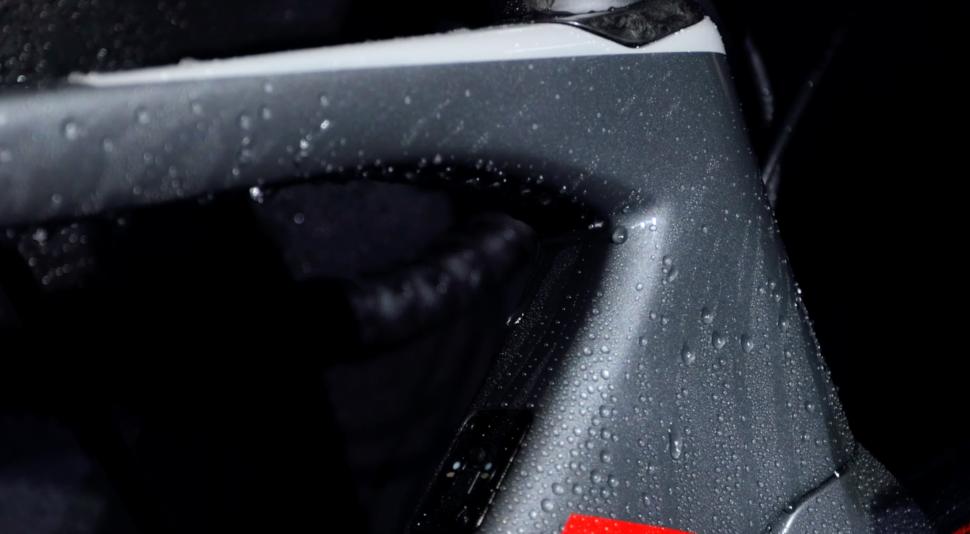




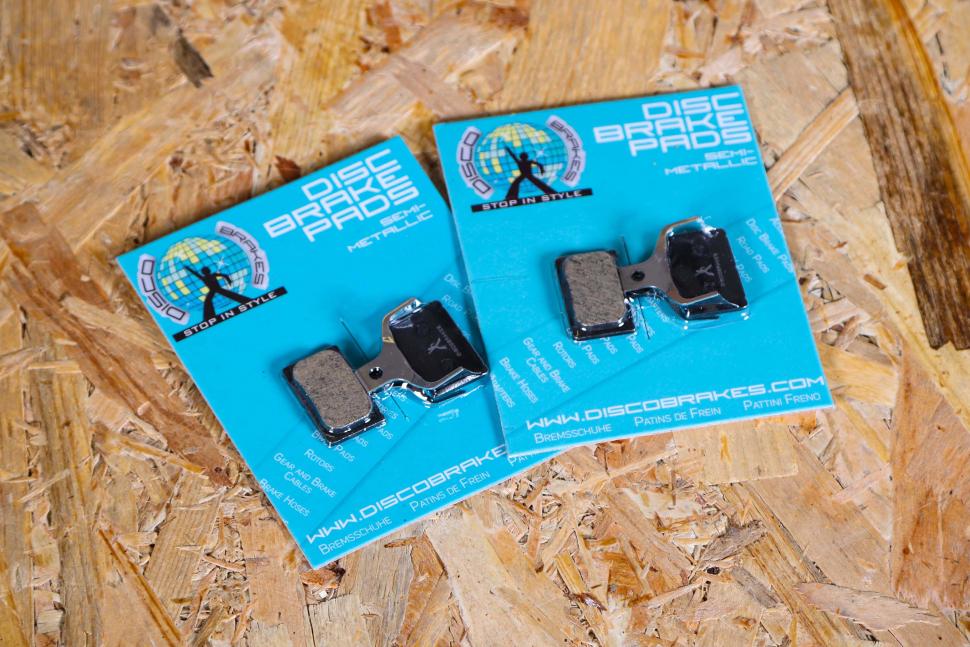
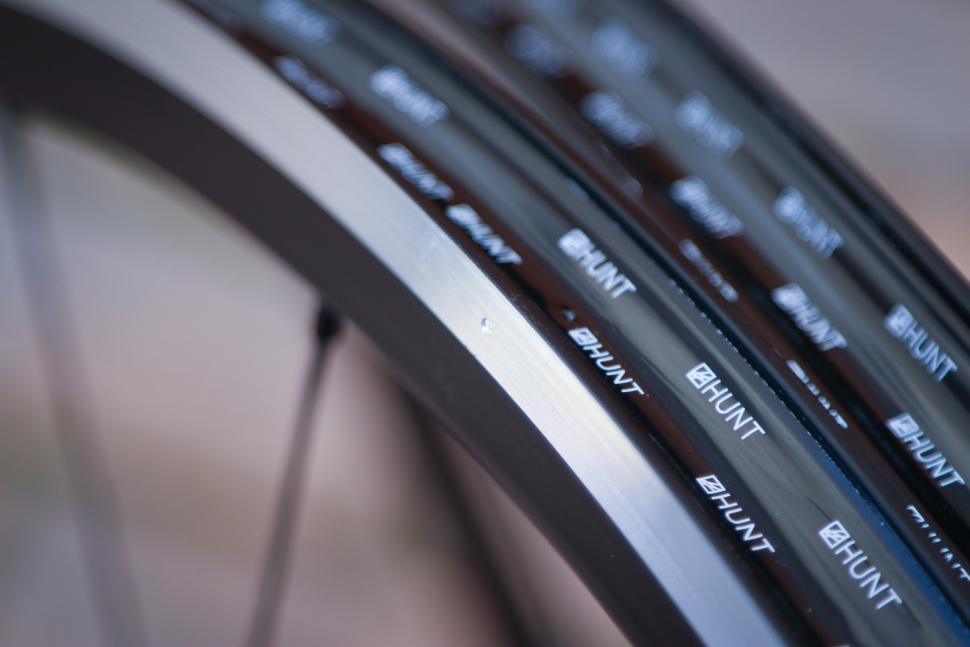
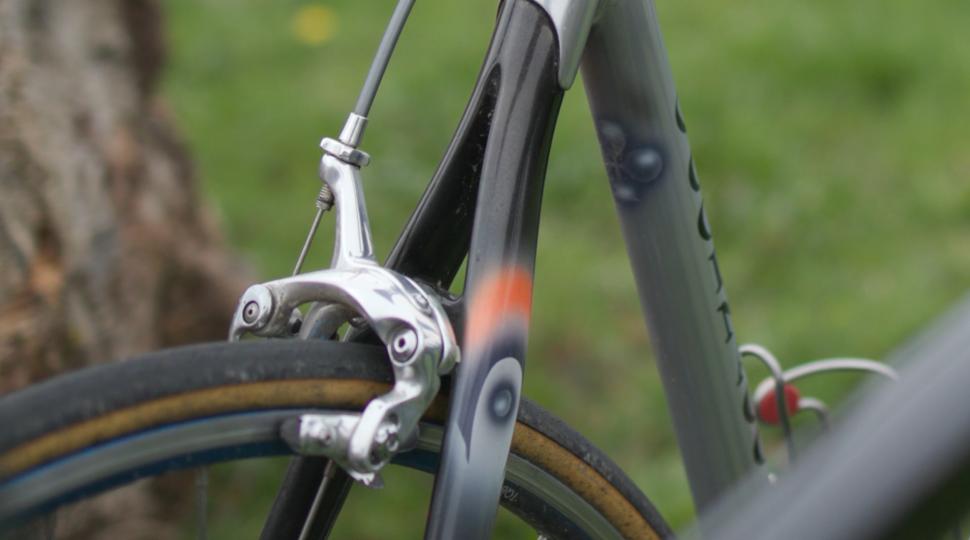
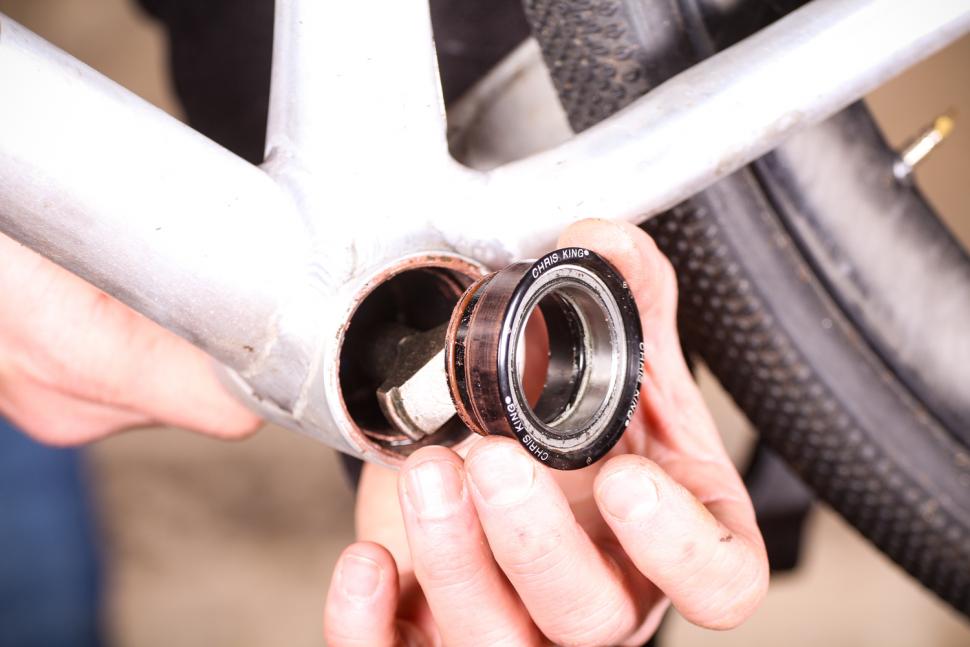

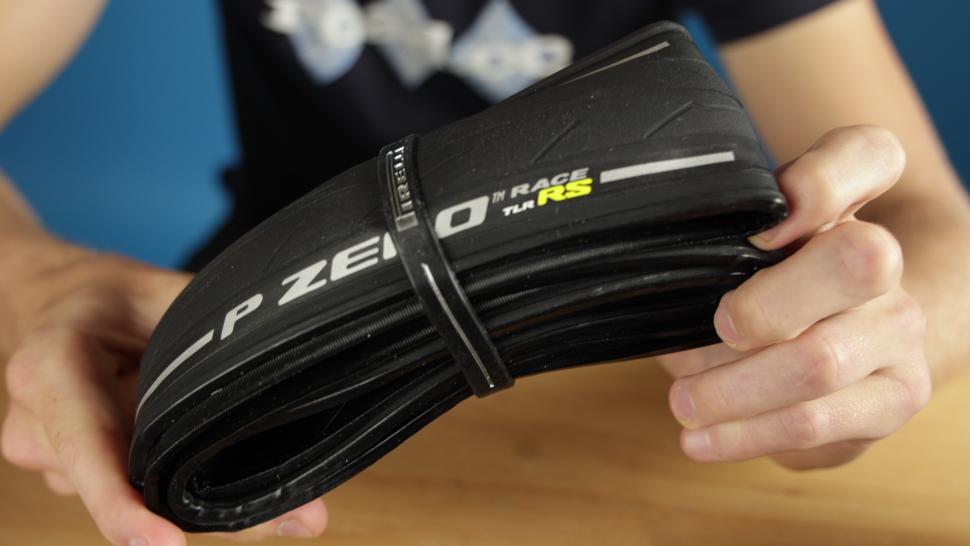
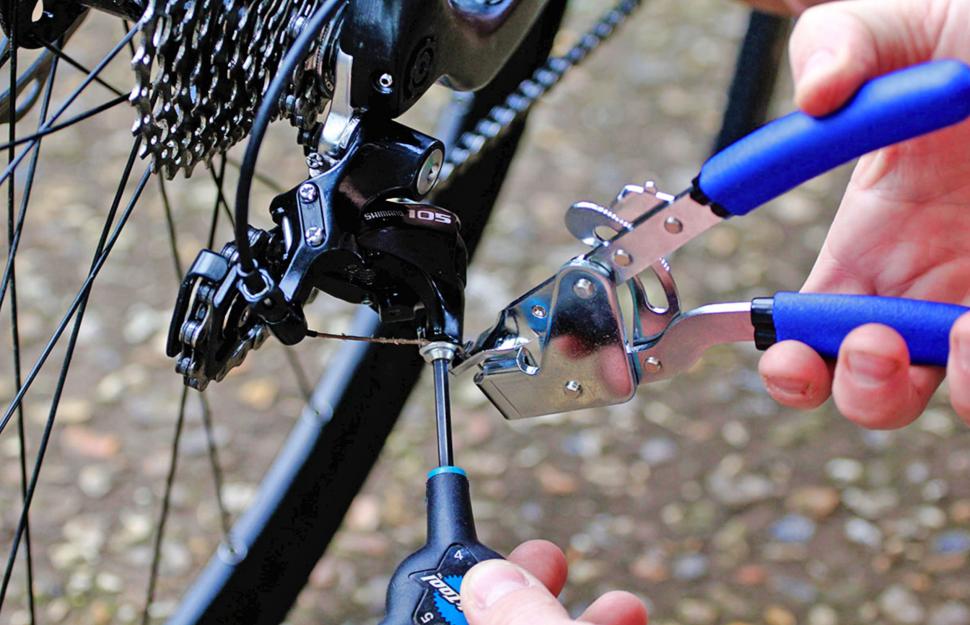
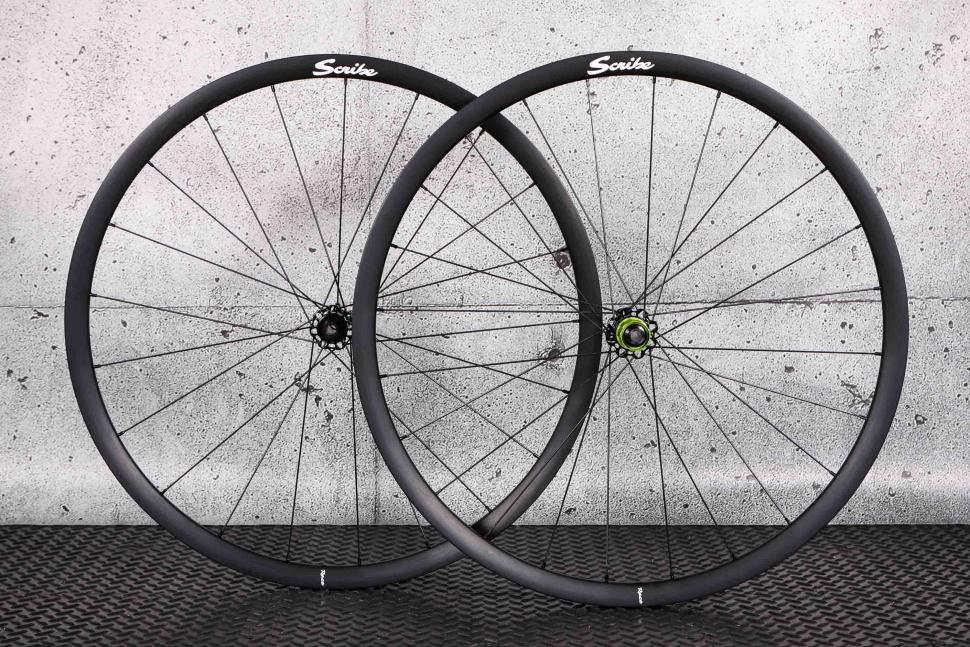
Add new comment
28 comments
Thanks for your tips re disc brakes, I'll look into it one of these days
I bought the Halfords (!) Intercity folder partially because it had supposedly low-spec hydraulics as well as Sora 1x. I had never experienced disc brakes before the Vitus arrived. The Intercity Tektros are really good but I assume will be more of a pain to adjust and renovate when I need to, but the Vitus does all the hard work in grim conditions so the Intercity may be OK for quite a while
Ready for summer? I hope your bike hasn't been in hibernation since last October.
All real cyclists know that it's the winter training that readies you for the big and/or fast summer rides.
Buy a decent winter jacket and some warm dry gloves and get out in those cold wet months 💪🚴
Many "real cyclists" will have an old bike they use in the winter.
I'm lazy. I use my old bike in the summer as well.
Ha ha, me too. Unless the chance of rain is something like 0.00000000%.
Bold of you to assume that we don't have cold wet months in the summer too
Bike is always ready, all we need now is a Summer...
Are you suggesting that we will get a summer?
"The beauty of disc brakes is that they require very little maintenance."
Really??? Then pray tell me why those on my wife's bike dont brake and never stop squealing whatever I do to them?
Because they are crap disc brakes or that they are badly setup or that they are badly implemented on the frame? Your bad experience doesn't in any way indicate that the technology is bad.
I've had Shimano XT Disc brakes on my Lynskey MT650 mountain bike for 9 years. Thousands of miles in terrible conditions and all I've ever had to do to them is replace the pads twice. Never had to bleed them or do anything else except for cleaning the bike and general maintenance.
My Rose Backroad gravel bike is 5 years old, 15,000km and same story with only one set of new pads and no other maintenance. That's SRAM Force 1 hydraulic brakes.
Try new pads from this place, great value and really good pads:
https://www.ebay.co.uk/str/noahandtheocouk
Go for the Semi-metallic as these have good stopping power, but won't kill the discs and certainly don't squeal on any of my bikes.
Some frames with poor manufacturing tolerances have caliper alignment issues, get the mounts faced properly, that's a good starting point in setting the brakes up correctly.
"The beauty of disc brakes is that they require very little maintenance."
Really???
Yes, Really! For the dinosaurs: Bad News! The Mammals have arrived
Disclaimer: my opinion is extremely biased by my experience since November 2019 of using TRP Spyre cable discs in all conditions. They're fantastic and much better than their rim brake predecessors.
I have got a bikes with disc and rim brakes but the real game changer for me is I can fit 30mm plus tyres with discs . The roads in Britain are so shite and the wider tyres make a huge difference 👍
Agreed. I have 3 beloved bikes with rim brakes, but I've used them much less since the Vitus gravel bike arrived with the wonderful combination of Sora 2x and cable discs
Didn't the mammals have to hide until most of the dinosaurs were wiped out by environmental change? Even now, I don't fancy my changes with a herring gull, let alone a golden eagle.
I have Spyres, but let's not overstate them. I am content with them, unlike the Hy/Rds they replaced. I would choose them over a rim brake bike in future. But there is a frequent maintenance need in adjusting for pad wear, which could be a problem for riders who just want to ride and not tinker.
I hired a bike with V-brakes recently, and had them on a previous bike. They were comparable to the Spyres in most conditions, but I will agree that disks do a lot better in heavy rain.
Full hydraulic (i.e not Hy/Rds!) disks are a different matter.
Very recent disc-brake adopter here - started five or so years back with nothing-special Shimano cable discs (on recumbent). Remarkably with the looong cable run to the rear they just ... worked. (Albeit even more braking is done on the front with this bike since it's a very long lever).
Then Shimano hydralics on the all-weather duty bike-of-all-burden. Also no issues so far.
Can't say "they've changed my life" exactly but they absolutely are better in the wet / slush / sludge. Zero issues so far, having been through a few pad changes (I find I prefer this to rim-brake fettling). I certainly notice and have to adjust to making more effort or even braking a sooner when I switch back to the caliper rim-braked tourer.
I agree, and I was a bit surprised just by reading the instructions when my first bike with disc brakes came. All that extra maintenance compared to rim brakes: bed in, no alignment nor tightening settings (at least not with hydraulic), bleeding, rotor truing...
Also when I bought a new wheel set there was an offset with the rotors, so I had to realign the callipers everytime I switched the wheels... This doesn't happen with rim brakes, and if needed, you have a screw just for that, anyway. Then I found shims for the rotors, but the offset had disappeared after a few 100's kilometers, so that money is lost.
Then I had to true the rotors - for no reason, without any accident or even any shock, it happened when I mounted the wheels that had not been in use for a few weeks! they had all become slightly bent, both sets, just enough to squeak! and there is no way you can get them true like new (I guess that's marmotte27 is describing, too), no matter how hard you try! at least in my case I managed to silence them - for now.
Another issue maybe the worst, is that in emergency situations you can't help but lock the wheels, coming from rim brakes that are a bit softer the difference is huge!
And it happens to pros too, that caused the crash of Evenepeol, Roglic, Vingegaard in the Tour du Pays Basque, when Natnael Testafion fell just in front of them on that bumby curve. Emergency braking at high speed on a bumpy road... (And before anyone starts a flame war, this is not my idea btw, I heard the representant of the French cyclism union mention disc brakes as a factor in this crash.)
There is a reason ABS is mandatory on cars, even motorbikes come with ABS now...
I'll keep my bike with its S 105 disc brakes, they are much more powerful, I get more clearance, and that's fine, but my take is that disc brakes were initially not designed ready for road bikes and are just not 100% optimized for those yet, starting with this lack of proper settings to adjust the range of the brake levers, and align the calliper, this is just a net loss compared to the previous tech...
Literally never happened, I mean occasionally the back wheel locks up, but only because the front is doing all the braking possible and there is no weight on it anymore. I have NEVER accidentally locked up a front wheel. I have deliberately locked up a front wheel as a youth doing endos or J turns, but pretty sure that was with V brakes on a mountain bike.
My Trek District 4 that I bought last year came with Shimano MT200 hydraulic disc brakes with 160 mm rotors. In 5400 miles (8700 km) they've been quiet and powerful, and I've done nothing to them other than occasionally peek into the caliper to make sure there's some material left on the pads. Literally one finger brakes. They are maybe slightly spongier now than new, but still I can't pull the lever anywhere close to hitting the bar. I'll probably bleed them when I change the pads in another thousand miles or so.
My first experiences with disc brakes were not so good. Avid BB5... awful. Avid BB7... decent but needed constant adjustment.
On my gravel bike, I have cable actuated hydraulic discs from Yokozuna, also sold as Growtac and maybe some other brands. They are quite good, a real step up from BB7, but nowhere near as set-and-forget as the MT200.
Whenever I see someone complaining of disc brake performance I count my blessings. I must have owned half-a dozen or more disc- equipped bikes and have never had a significant problem with any of them. Their stopping power is way better than rims, my pads last years, it's been so long since I bled one that I've forgotten how to do it, a bent rotor took ten minutes to change and cost about £15 and they have been consistently silent. Maybe the gods just like me?
PS We're talking hydraulic here, obviously. Introducing cables to any mechanical device never ends well.
Introducing cables to any mechanical device never ends well
True, but I'm soon going to be replacing the inners and outers on the Spyres for the first time since it arrived in late 2019. Through idleness on my part, I haven't been able to lock the rear wheel for the last couple of years because of horrible friction in the cables. I've tried ordinary grease, 'wet' oil, 'dry' oil with teflon in etc. and I'll probably try graphite grease next- this looks like it might be less likely to turn into glue. However, despite all the deficiencies I have allowed to accumulate, I am still able to brake well with a 20+kg trailer and failrly big hills- althogh I do have to pull fairly hard on both brakes. No problems with rotors or pads yet, and minimal squealing- I haven't had any of that for several months
Lithium grease works a treat for me.
Lithium grease works a treat for me
Good. I think I've got some of that as well, so it's years of testing ahead
I realise this is probably heresy but I love cable disc brakes. I have a bike with cable discs and a bike with hydraulic discs (and one with a hydraulic rear and cable front) and I find the cable ones so much easier, a quick twiddle of the pad/cable tension adjusters and one can get them millimetrically perfect, I've always found the supposed self-adjusting nature of hydraulics less accurate. Plus if you're on a long ride and the rotor warps it's easy to adjust them temporarily so you don't have to ride fifty miles home with continual disc rub. Hydraulics do offer better modulation, I agree, but for me the difference is so minimal it doesn't outweigh the advantages of cables. Plus I know how to replace a cable and a new one costs about £7, whereas I don't know how to bleed and refill a hydraulic system (I'm an old dog and it's a bit late for new tricks) and my LBS charges £30 a brake or a bargain £55 for both to do it.
Giving you a like, not so much for the comment, but for the use of 'millimetrically'.
My cable-activated hydraulic brakes mentioned above are still on the first set of cables in four years and over 15000 miles / 24000 km. I have to adjust an easily accessed knob on the caliper to account for pad wear, no tools needed, and wind it all the way out when I replace the pads. I can feel there's a little more force needed to brake than my pure hydraulics, but not a big deal.
They came with this cool looking compressionless housing, a clear/smoked sleeve over steel windings. There's some external cracking of the clear, and rust visible inside now, so I'll probably replace it next time I change my bar tape. Still, I've never had housing last that long before!
Compressionless housing is the key for road cable disc brakes.